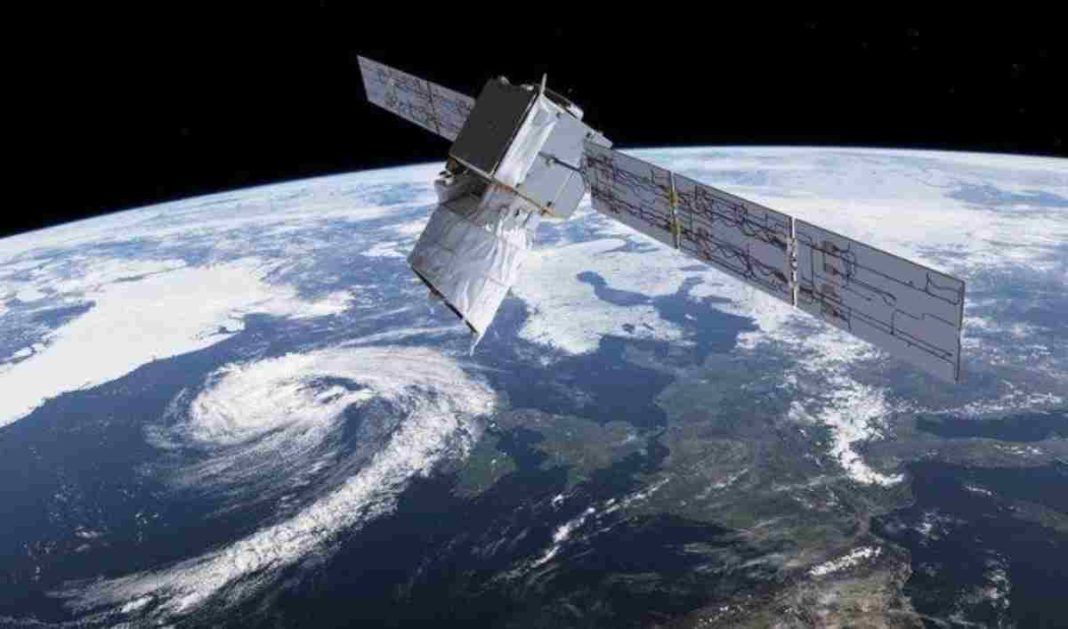GERMANY: In a groundbreaking feat, the European Space Agency’s (ESA) Aeolus spacecraft achieved a historic guided reentry into Earth’s atmosphere on Friday, July 28.
This remarkable endeavour marked a new milestone for spaceflight as the mission team orchestrated a controlled descent, ensuring the satellite’s safe demise over an unpopulated region, and setting an example for future satellite operators.
Launched in August 2018, Aeolus embarked on a pioneering mission to monitor Earth’s winds in unprecedented detail from orbit. The data it gathered proved invaluable for climate modelling and weather forecasting, exceeding the mission team’s expectations by operating for nearly 4.5 years, surpassing its planned scientific lifetime by 18 months.
However, as Aeolus gradually depleted its fuel reserves, the mission team faced the critical decision of how to manage its reentry into Earth’s atmosphere. Traditionally, satellites descend chaotically, posing a potential threat to populated areas upon impact.
To mitigate this risk, the ESA team took a proactive approach, initiating a four-day orbit-lowering campaign to guide the spacecraft’s reentry over an uninhabited region, ensuring the safety of people and structures on the ground.
Holger Krag, head of ESA’s Space Debris Office, expressed the significance of this milestone during a press briefing, emphasizing that such guided reentries are unprecedented in the history of spaceflight.
The success of Aeolus’ reentry campaign paves the way for safer spacecraft operations and sustainable spaceflight for both upcoming missions and existing satellites.
The space debris problem has become an increasingly pressing concern as our skies are cluttered with defunct satellites and discarded rocket stages. Approximately 10,000 spacecraft populate Earth’s orbit, out of which 2,000 are non-functional, amounting to a total mass of 11,000 tonnes.
Annually, about 100 tons of space junk return to Earth, with sizable objects reentering the atmosphere on average once a week. The guided reentry achieved by Aeolus could be a significant step towards addressing this issue, reducing the risks posed by uncontrolled satellite falls.
The campaign’s execution involved multiple planned orbit-lowering maneuvers, initiated on June 19 and culminating with a final maneuver on July 28. By strategically decreasing Aeolus’ altitude, the mission team ensured a precise reentry trajectory, guiding the satellite to safely burn up during reentry over Antarctica.
The success of Aeolus’ guided reentry has sparked hope for future missions and encouraged other satellite operators to follow suit. Such controlled descents can pave the way for the safe return of active satellites never designed for guided reentries, fostering sustainability in spaceflight.
The ESA’s Rosa Jesse hailed Aeolus’ accomplishment as a new precedent for spacecraft operations, emphasizing its potential impact on enhancing safety and sustainability in space endeavors.
Also Read: ESA to Steer Dead Satellite Back to Earth in Guided Re-Entry



